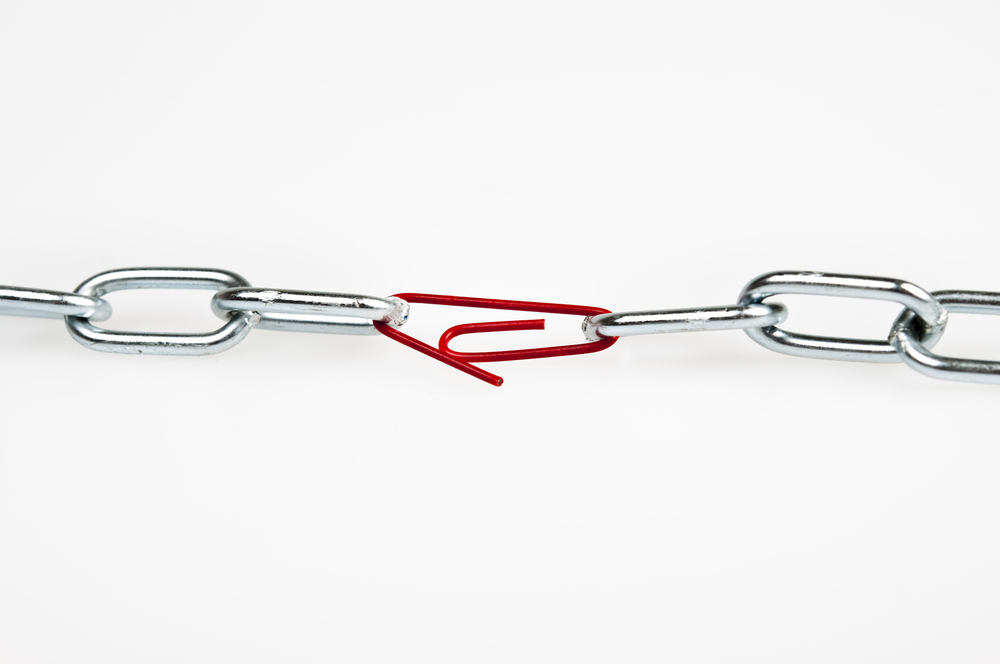How to Handle a Request to Add ‘Indemnified Parties’ to a COI

By: Big “I” Virtual University Faculty
An insured’s client keeps rejecting certificates of insurance (COIs) and copies of policy forms, stating that they need to apply additional insured status to all persons or “indemnified parties” as opposed to limiting that status to persons with whom the parties have a contract. The agency has provided blanket and specific additional insured forms but they were not accepted either.
Q: How should an agency handle a request to add all “indemnified parties” as additional insureds on a COI?
Response 1: This issue is most common with construction contracts, and the edition date of your policy forms is usually the issue. Starting with the 2013 edition dates, ISO endorsements added a limitation to restrict additional insureds to only work directly for an indemnified party: “in the performance of your ongoing operations for the additional insured(s)” and “arising out of ‘your work’ for that person or organization.”
In a construction contract, there are often many other indemnified parties that do not have a direct relationship with a subcontractor. For this reason, construction contracts often require older versions of the policy forms, like 10/01 or 07/04 editions. For example, a standard additional insured contract includes the phrase: “the additional insured coverage shall be no less than that provided by Insurance Services Office, Inc. (ISO) forms CG 20 10 07 04, CG 20 37 07 04.”
You would need to ask the insurer to provide a form without this limitation. Insurers that focus on construction see this request regularly, and they have solutions, such as older ISO forms or their own forms. However, your insurer may want to see a copy of the contractual requirement. If you are working with an insurer that does not specialize in construction, they may refuse. Sometimes, a contractor needs to change insurers over this issue.
Response 2: The simple response is that the coverage represented on the policy is all you are permitted to provide. Remember the COI only represents coverage at that moment in time. You have the option of seeking approval from underwriting. If the carrier will not issue the COI, you must decline to amend the insuring agreement.
Response 3: ISO has an upstream additional insured endorsement that gives coverage to individuals upstream from your insured with whom your insured does not have a contract, as long as each individual in the chain has a written signed contract in place with the next party. In other words, there is an unbroken chain of contracts.
It seems this would solve your client’s problem. Work with your carriers to get that endorsement and all should be well.
Response 4: The problem is that your insured likely does not have a direct contract with all of the indemnified parties. Your additional insured endorsements apply only to those parties with which your insured has a direct contract, and therefore not providing additional insured status to other indemnified parties. The better additional insured endorsements that would include the indemnified parties are CG 20 38 12 19 and CG 20 40 12 19.
This question was originally submitted by an agent through the Big “I” Virtual University’s (VU) Ask an Expert service, with responses curated from multiple VU faculty members. Answers to other coverage questions are available on the VU website. If you need help accessing the website, request login information.
This article is intended for general informational purposes only, and any opinions expressed are solely those of the author(s). The article is provided “as is” with no warranties or representations of any kind, and any liability is disclaimed that is in any way connected to reliance on or use of the information contained therein. The article is not intended to constitute and should not be considered legal or other professional advice, nor shall it serve as a substitute for obtaining such advice. If specific expert advice is required or desired, the services of an appropriate, competent professional, such as an attorney or accountant, should be sought.










